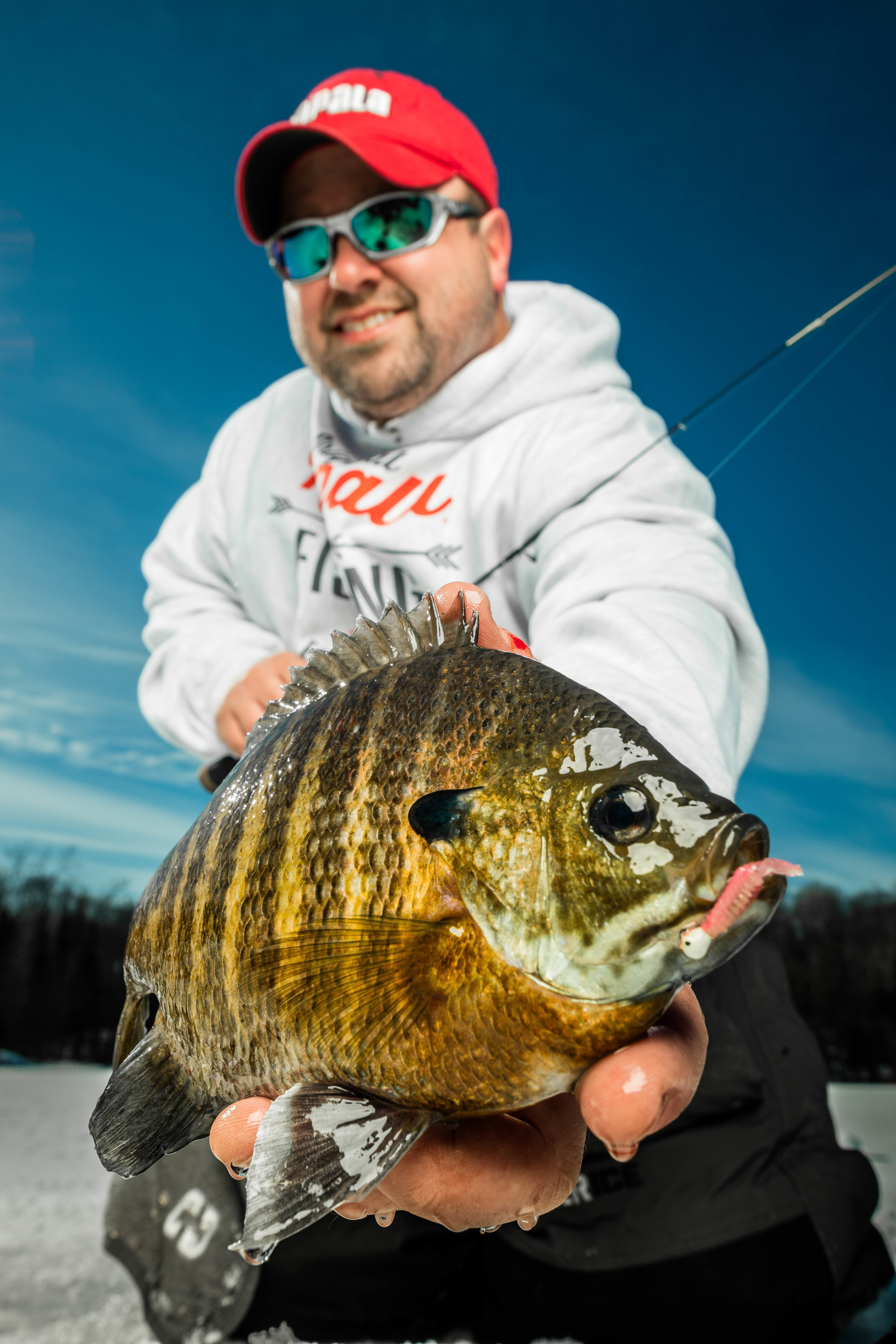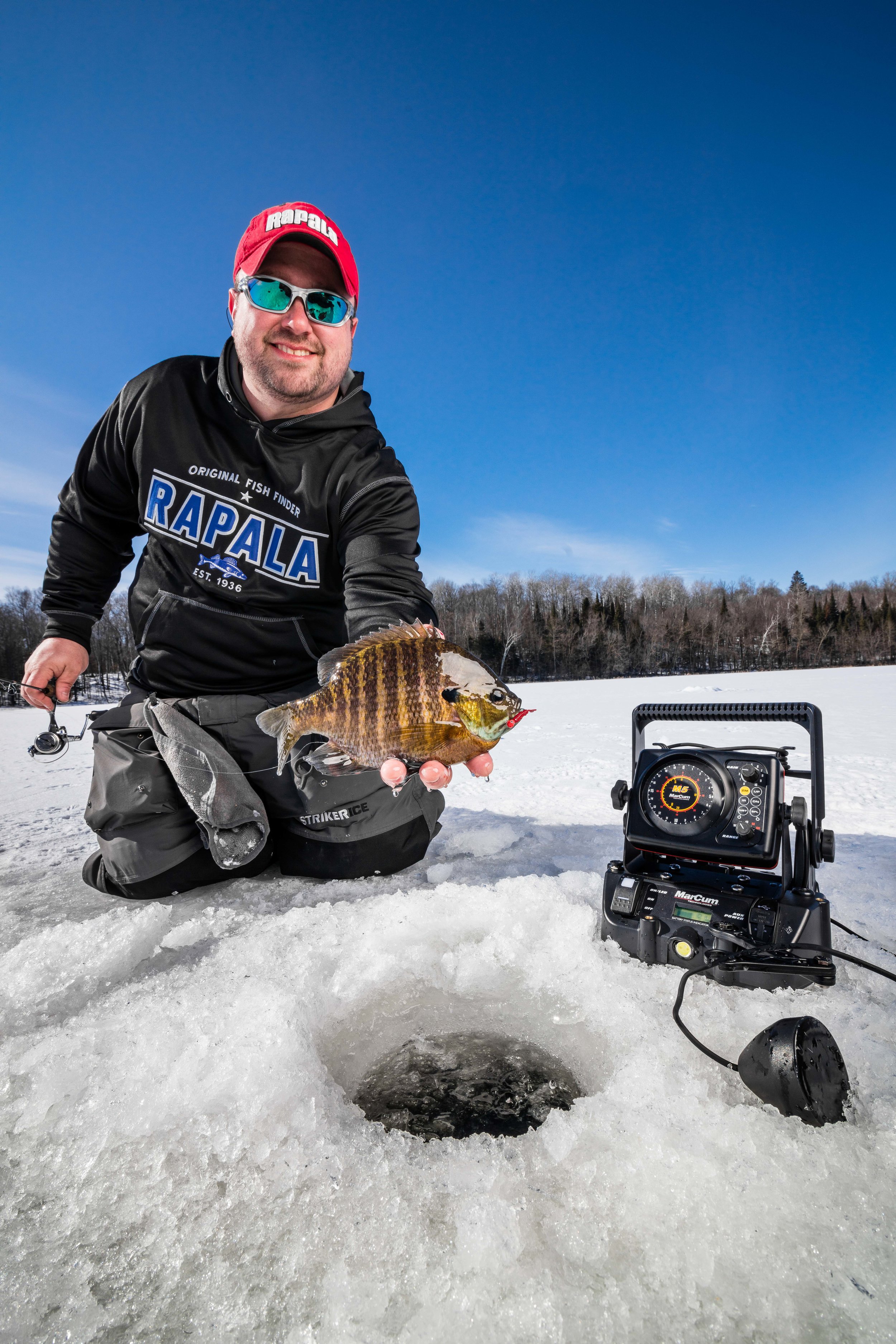Colby K. asks:
Joel, I love watching you fish in lakes up by the Bemidji area. I have a flasher, underwater camera and lakemaster, and like to target lakes people don't fish. What is the best way to utilize weeds to find bluegills? And if you find alive weeds do you like them near drop offs? Or what can I look for topographically for gills in December? Any help is great thank you!
Well Colby, those are some big topics, but I’ll do my best to give you my take on early season weeds and gills. I think you’re wise to focus on these locations right out of the gate, as I’ve had some poor fishing in traditional spots and community winter panfish holes during the first few weeks of the season.
As far as topo map locations, I think most of the spots I favor are pretty easy to find. They typically involve some sort of inside turn pushing up from deep water into the shallows, especially where the shallows lead into another neckdown, lake, or other expansive flat and shallow water environment. I’m a firm believer that these locations act as funnels, channeling fish movements through a pinch-down area and helping you to simply get more looks from more fish. Other spots would include major points, or mid-lake humps that have weeds as well.
For better or worse however, the quality and species of the weeds can trump location, with good standing cabbage and/or coontail in the afore-mentioned locations being a premium. Good weedbeds will hold a few fish in almost any location, just like good structural depth elements will. Combining the two is what you’re after.
This job is made easier with a great underwater camera like the Recon, as a portable hand-held panfish camera is simply made for such scenarios. Often, especially mid-day, panfish will hunker down tight to the weeds, so finding small pockets, hard edges, and their overall location within the weeds is of the utmost importance. They do this in lakes with formidable predator populations, and you’ll likely catch a few bass and pike in the process. That said, a few feet too far away, and you’d think there’s not a fish in the lake. Small moves can pay huge dividends here, and don’t be afraid to drill plenty of holes.
Of course, all lakes aren’t created equal when it comes to panfish in the weeds. Some lakes simply don’t have the quality weedgrowth of the proper species at depth, and others have such large amounts of predators, that finding them in weeds is a difficult process. In these situations, or with the lack of weedy success, don’t be afraid to push directly out from those areas into the 15-25 foot depths to see if they’re suspended near bottom. I would consider these more typical midwinter locations, but don’t be afraid to try them if you’re not getting bit.
I hope this shortens the search, and good luck!
Joel







